#robert oppenheimer icons
Text

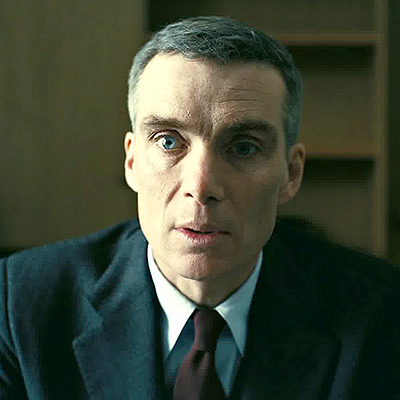
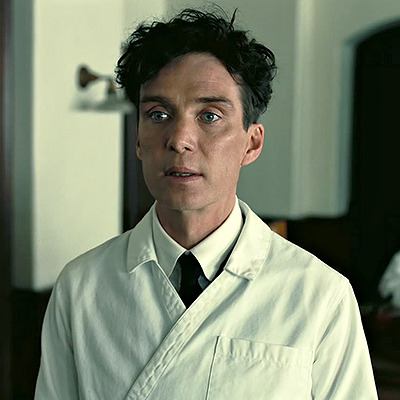



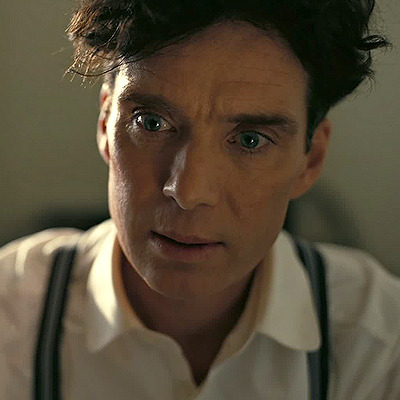


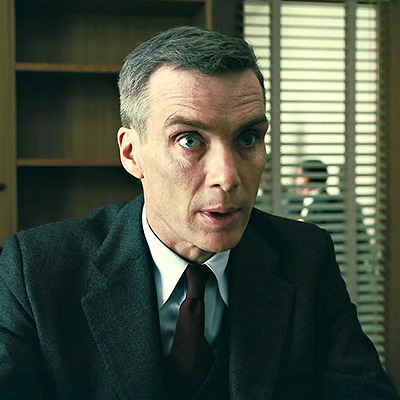

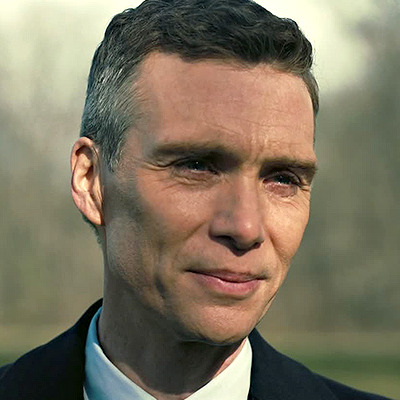
Oppenheimer - Oppenheimer, 2023
#cillian murphy#cillian murphy icons#icons#cillian icons#actor icons#random icons#oppenheimer#oppenheimer icons#no psd icons#film icons#robert oppenheimer icons#j. robert oppenheimer icons#tommy shelby#tommy shelby icons#peaky blinders#peaky blinders icons#twitter icons#twitter layouts#male icons#barbenheimer#barbenheimer icons#movie icons#cinemaedit#cinematv#filmedit
437 notes
·
View notes
Text


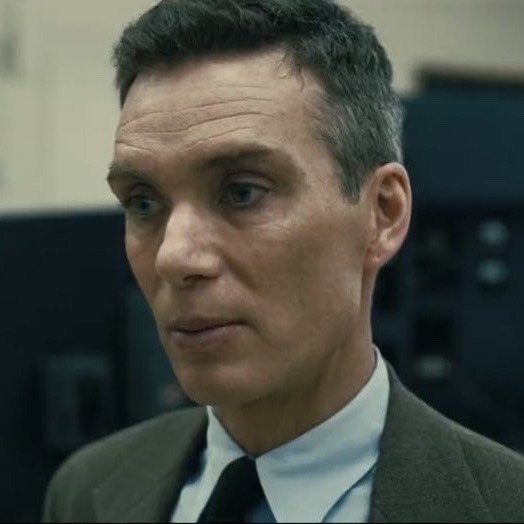

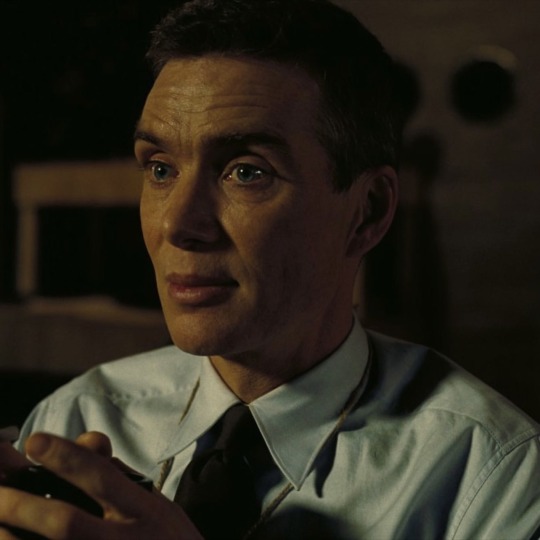

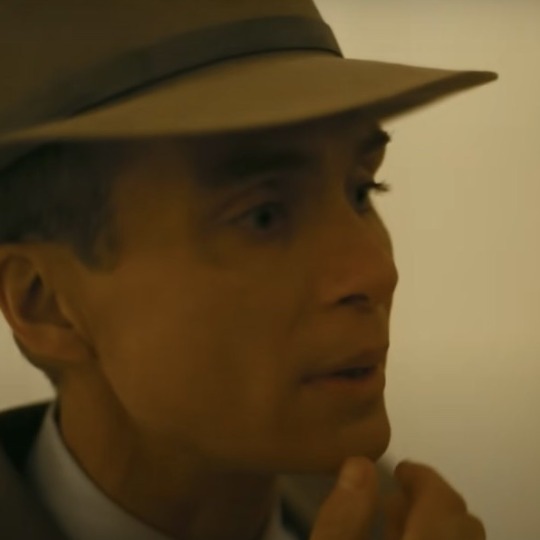


cillian murphy as j. robert oppenheimer icons 💥👔📝
like if you save
#icons#no psd icons#film icons#oppenheimer icons#robert oppenheimer icons#j. robert oppenheimer icons#cillian murphy icons
116 notes
·
View notes
Text
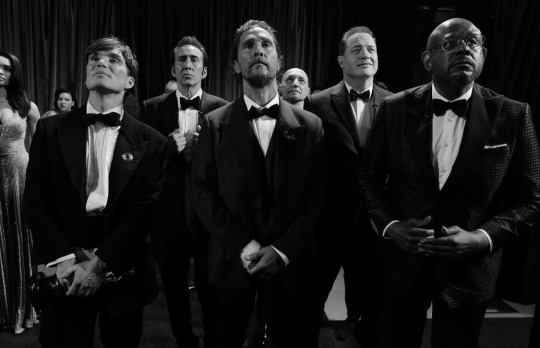

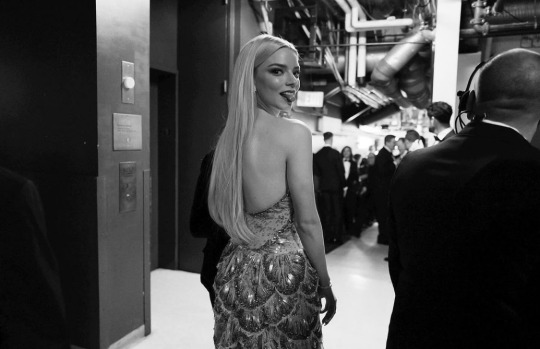

Best actors. Best actresses. Oscar moments. Photographed by Greig Williams.
#oscars#96th academy awards#academy awards#emma stone#estoneedit#robert downey jr#rdj#cillian murphy#cmurphyedit#anya taylor joy#anya taylor icons#ataylorjoyedit#michelle yeoh#myeohedit#jennifer lawrence#jlawrenceedit#poor things#oppenheimer#the holdovers#black white#flawlesscelebs#flawlessgentlemen#flawlessbeautyqueens#thequeensofbeauty#cinemapix#userladiesblr#femaledaily#wonderfulwomandaily#wonderfulwomendaily#oscar 2024
491 notes
·
View notes
Text



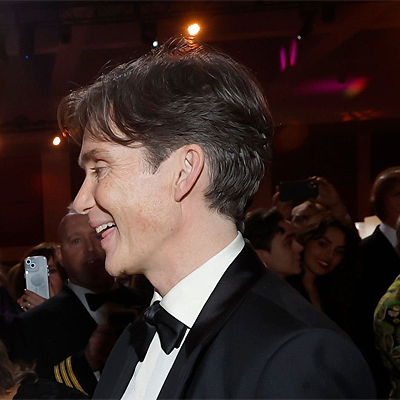






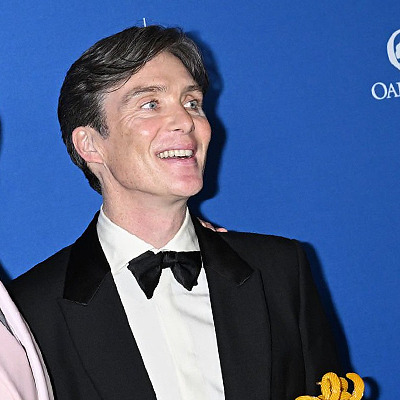



cillian murphy twitter pack
without psd
© to @siriusunrise on twitter (click!)
or like/reblog this post if you use/save
source credit: gettyimages
#cillianmurphyedit#cillian murphy#cillian murphy headers#peakyedit#peakyblindersedit#robert downey jr#header cillian murphy#twitter headers#headers#twitter packs#packs#pack#oppenheimer#oppenheirmeredit#icons cillian murphy#cillian murphy icons#icons#twitter icons#without psd#icons without psd#headers without psd#actors icons#irish actor
293 notes
·
View notes
Text
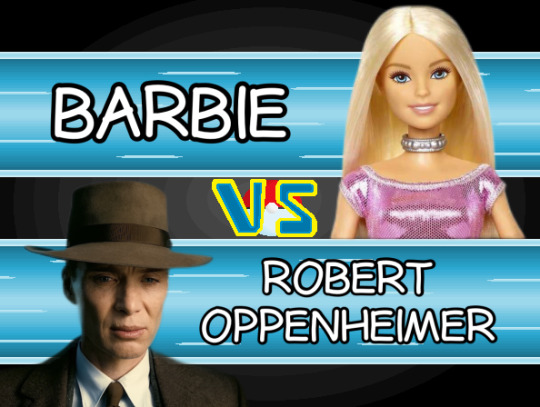
#who would win in a fite#polls#barbenheimer#barbie#barbie movie#oppenheimer#robert oppenheimer#name a more iconic duo
574 notes
·
View notes
Text
THE OSCAR IS NEXT!!!

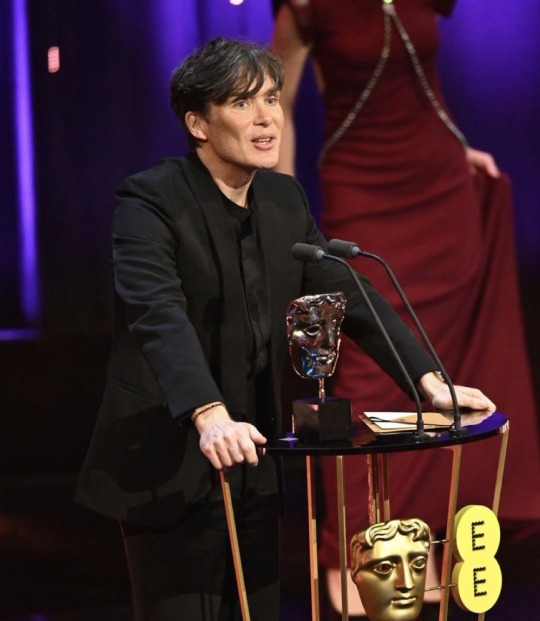

#cillian murphy#the way I screamed when he won#and cate blanchett I mean iconic#so so so proud and happy for him though#oppenheimer#oppenheimer movie#robert oppenheimer#baftas#bafta awards#bafta 2024
16 notes
·
View notes
Text
#cillian murphy#peaky blinders#oppenheimer#men’s fashion#versace icons#thomas shelby#tommy shelby#jonathan crane#robert fischer#cillian murphy photoshoot#tumblr polls
3 notes
·
View notes
Text
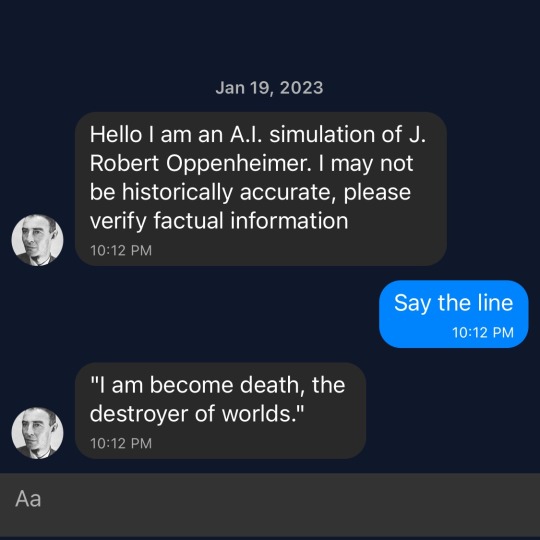
#I might have saved this from here and not Twitter like I thought so I might be posting it for no reason#but it’s sooo funny to me#like the idea of Robert Oppenheimer having that as like his iconic catchphrase 😭😭😭 it’s so stupid it’s so funny
6 notes
·
View notes
Text
Happy 59th Birthday to Academy Award Winning, 2x BAFTA Winning, 3x Golden Globe Winning, 4x Saturn Award Winning, 3x SAG Award Winning, Emmy Nominated actor Robert Downey Jr.! ^__^
#geek#film#blog#happy birthday#actor#pop culture icon#academy award winner#tv#robert downey jr#oppenheimer#chaplin#charlie chaplin#tropic thunder#tony stark#marvel mcu#sherlock holmes#less than zero#back to school#weird science#natural born killers#bowfinger#kiss kiss bang bang#zodiac#geek with clip ons#i review stuff#irs
0 notes
Text
'Shortly after the Oscar nominations were announced on Tuesday morning, “Oppenheimer” director Christopher Nolan recalled watching Cillian Murphy transform into J. Robert Oppenheimer for the first time.
“It was really in the hair and makeup tests, which we shoot on Imax and in black-and-white,” Nolan told Variety. “You start to see the actor bringing an icon to life, putting the hat on, the cigarette in the corner of his mouth. You’re starting to see how he moves. It’s a thrilling moment. It is on every film. Seeing Cillian put this iconography together, it reminded me of my hair and makeup tests with Heath Ledger for the Joker.”
“Oppenheimer” earned 13 noms, the most of any films this year. Nolan goes into Oscar night with individual nominations for director and adapted screenplay. Murphy and Emily Blunt are first-time nominees for their work. Robert Downey Jr. also picked up a supporting actor nom.
Murphy learned of his best actor nod from his home country of Ireland. “Thankfully, I live in a time zone that I don’t have to get up at 5 a.m.,” he told Variety. “It was already organized for me. We’ve had a few days off and I’ve been at home, which has been very, very pleasant. I’m actually in my parents’ house in Cork city. I was with my parents and my wife today. So that was really nice.”
He was in his childhood kitchen when the nominations were revealed. “We had a cup of tea and a slice of cake. It was quite nice,” Murphy said. “My mom made a sponge cake. It was very tasty.”
Below, Murphy speaks with Variety about what the nomination means to him and what the real Oppenheimer would think of the film.
This is your first Oscar nomination. The film has been a huge success. How do you wrap your mind around all of this?
Words don’t really do it justice. I think the superlatives fail you at this point. I’m so truly honored and kind of overwhelmed. But most of all, proud of the movie, and proud that it has achieved so much. It exceeded all of our expectations, any of any of us who are involved in making this movie. I get people coming up to me on the street all the time and they say, “I’ve watched the movie five times.” And then these are older people, and they’re younger people and they’re boys and girls. It’s crazy. And then to be recognized by the Academy like we have been, it’s just kind of mind-blowing.
Who from the movie texted you first this morning?
It all came at one time. Everybody. We’re a very tight unit. We’re all very close so it’s lovely to share it with your friends.
Who are you bringing to the Oscars?
I’ll bring my wife and my boys, hopefully. That’s the plan so far.
Has anyone given you advice about going to the Oscars as a nominee?
I have friends that have gone to it in the past. They all say it’s a wonderful experience that you never forget. I gotta go in with an open heart and enjoy it because it may never happen again. So that’s my attitude.
You’ve been doing awards season and meeting a lot of people, but is there someone you still want to meet at the Oscars?
I believe the universe will decide who you meet or not. I’m less about making a beeline for someone’s table. If you bump into someone, you bump into someone and it’s meant to be.
Do you get starstruck?
I met some of the guys from “Succession.” That’s my favorite show on the telly. I’m so heartbroken that it’s finished.
What do you think J. Robert Oppenheimer would think of all this?
That’s a really good question. I think he’d be quite confused, in a pleased way. I think he’d be happy that if nothing else, maybe people will think about nuclear weapons in a more focused way than we tend to because, you know, half the population on the planet lives in a country that has nuclear weapons and we just don’t think about it because there are more pertinent and pressing things going on in our lives. But this is there. It’s like the sword of Damocles hanging over all of us all the time. Perhaps he might be pleased because that was kind of his life’s mission, was to be candid about the state that the world is in.
I have to ask about the “Peaky Blinders” movie – when do you start shooting?
[Laughs] If there’s more stories to tell, I am going to be there. I’m really, really proud of the TV show. I think we made something very special. We made 36 hours of what I consider to be high quality TV. For the film, it will have to be special. But I’m there, man. If there’s a good script, I’m there.
Your next film, “Small Things Like These,” is opening the Berlin Film Festival. [Based on Claire Keegan’s historical novel of the same name, the film tells the story of Ireland’s infamous Magdalen laundries.]
It’s a film that’s very important to me. I’ve produced it, and I’m acting in it. And it’s an adaptation of a book, which is one of my favorite books. We’re the first Irish film to open Berlin.
Why is it one of your favorite books?
It’s heartbreaking and beautiful and quiet and political. It has all the qualities that I enjoy. I hope we’ve been able to do it justice in the adaptation.
Matt Damon and Ben Affleck are also producers.
Their company paid for the movie and we produced it together. I pitched it to Matt when we were out in the desert and shooting “Oppenheimer.”
Do you pitch it to him in between takes or do you say, “Let’s go to dinner. I want to pitch you something?”
I wasn’t going for dinner. I wasn’t eating. It was in between set-ups. I think it was during one of the rain set-ups. There’s no time wasted on a Chris Nolan film. There is rarely sitting around. There are no seats. But on this occasion it was a night shoot. We were waiting for the rain towers to get fixed and I pitched him this idea and he went for it.
They don’t serve dinner at the Oscars, so will you bring a snack with you?
Maybe I’ll bring some of mom’s sponge cake in my wife’s handbag.'
#Christopher Nolan#Oppenheimer#Succession#Cillian Murphy#Robert Downey Jr.#Cork#Emily Blunt#Matt Damon#Ben Affleck#Small Things Like These#Claire Keegan#Berlinale#Peaky Blinders#Berlin International Film Festival
12 notes
·
View notes
Text
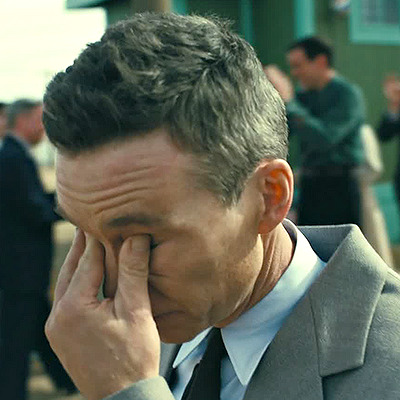
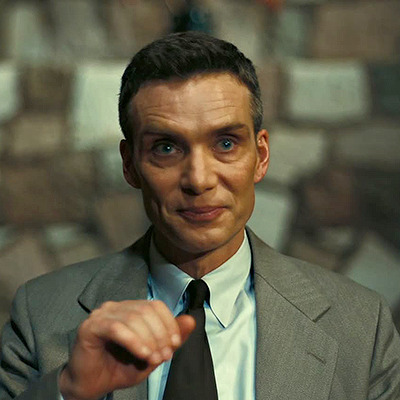
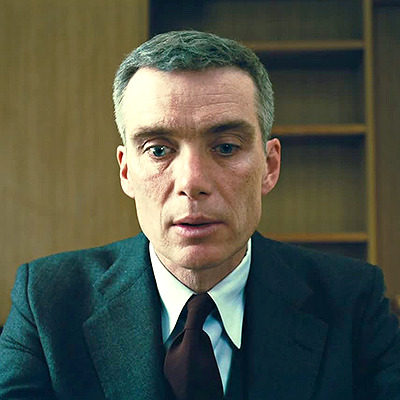
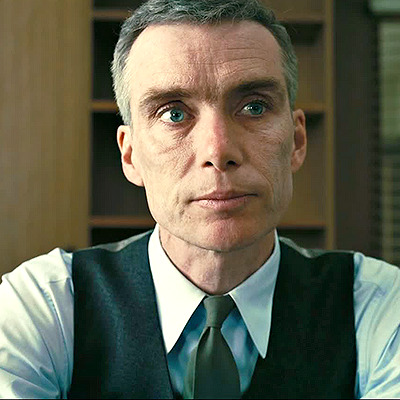


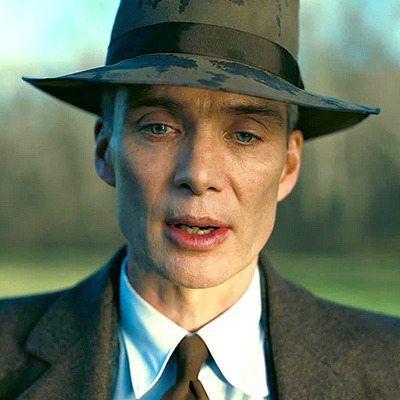


Oppenheimer - Oppenheimer, 2023
#cillian murphy#cillian murphy icons#icons#cillian icons#actor icons#random icons#oppenheimer#oppenheimer icons#no psd icons#film icons#robert oppenheimer icons#j. robert oppenheimer icons#tommy shelby#tommy shelby icons#peaky blinders#peaky blinders icons#twitter icons#twitter layouts#male icons#barbenheimer#barbenheimer icons#movie icons#cinemaedit#cinematv#filmedit
183 notes
·
View notes
Text
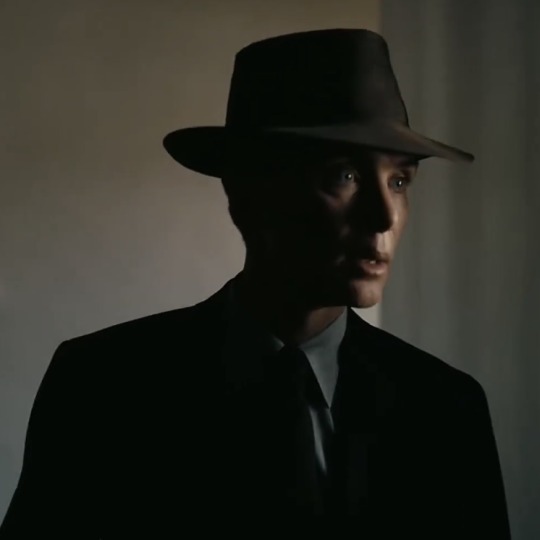






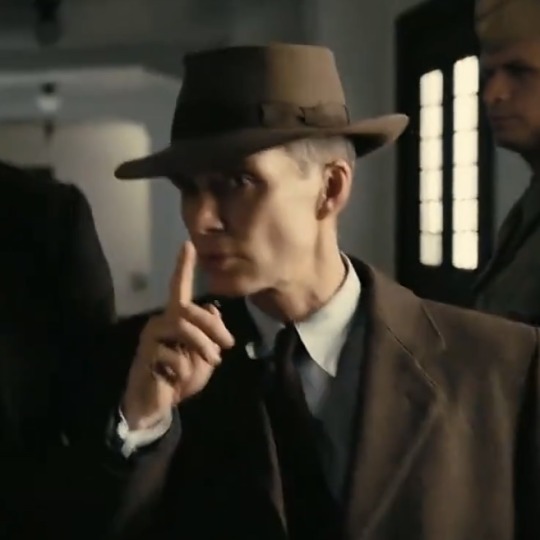

cillian murphy as j. robert oppenheimer icons 💥👔📝
like if you save
#icons#no psd icons#film icons#oppenheimer icons#j. robert oppenheimer icons#cillian murphy icons#robert oppenheimer icons
45 notes
·
View notes
Text
Amid a desert landscape a visionary unveils an invention that will forever change the world as we know it.
That’s the climactic scene of the Christopher Nolan biopic Oppenheimer, about the eponymous J. Robert Oppenheimer, the “father of the atomic bomb.” It’s also the opening scene of the Barbie movie, directed and co-written by indie auteur Greta Gerwig, which opened on the same day as Oppenheimer.
Despite the two films’ radically different subject matter and tone—one a dramatic examination of man’s hubris and the threat of nuclear apocalypse and the other a neon-drenched romp about Mattel’s iconic fashion doll—they have far more in common than just their release date. Both movies consider the complicated legacies of two American icons and how to grapple with and perhaps even atone for them.
In Oppenheimer, the desert scene depicts the Trinity test, the world’s first detonation of a nuclear bomb near Los Alamos, New Mexico, on July 16, 1945. A brilliant but flawed theoretical physicist and the rest of his team work frantically to develop the weapon for the United States before the Nazis can beat them to the punch; they then gather on bleak, lunar-white sands near their secret laboratory to test the terrifying creation.
The countdown timer ticks to 00:00:00, the proverbial big red button is pushed, and a blast ignites the sky—a blinding white flash that quickly morphs into a towering inferno. Everything goes silent as Oppenheimer stares in awe from behind a makeshift protective barrier at what he has created.
Suddenly, he begins experiencing flashes of a different kind, premonitions of the human horror and suffering his weapon will wreak. Nolan is unambiguously signaling to the audience that this is a pivotal moment for the world, and for Oppenheimer personally, as what was once merely a theoretical idea has become monstrously real. The fallout, both literally and figuratively, will be out of Oppenheimer’s control.
Barbie’s critical desert scene comes not at the film’s climax but at its very beginning. The movie opens with a parody of the famous “The Dawn of Man” scene from Stanley Kubrick’s classic 1968 science fiction film, 2001: A Space Odyssey. As a red-orange sunrise breaks across a rocky desert landscape, a voiceover (from none other than Dame Helen Mirren) begins: “Since the beginning of time, since the first little girl ever existed, there have been dolls. But the dolls were always and forever baby dolls.” On screen, underscored by the ominous notes of Richard Strauss’s “Also Sprach Zarathustra,” little girls sit amid dusty canyon walls playing with baby dolls.
“Until…” Mirren says. And then comes the reveal: The little girls look up to see a massive, monolith-sized Margot Robbie, dressed in the black and white-striped swimsuit of the very first Barbie doll. She lifts her sunglasses and winks. The little girls are stunned—and, like the apes in the classic sci-fi movie, they begin to angrily dash their baby dolls against the ground.
This is Barbie’s mythic origin story: Once upon a time, little girls could only play with baby dolls meant to socialize them into wanting to be good wives and, eventually, mothers. Then came Ruth Handler, who in 1959 decided to create a doll with an adult woman’s body, adult women’s fashions, and adult women’s careers so that little girls could dream of being more than just wives and mothers. And the rest is history. Thanks to such iterations as doctor Barbie, chef Barbie, scientist Barbie, professional violinist Barbie, and beyond, Barbie opened up young girls to a world of possibilities and, Mirren says, “All problems of feminism and equal rights [were] solved.”
Well, not so fast: Mirren adds one final, snarky beat: “At least,” she says, “that’s what the Barbies think.”
Thus Gerwig introduces the central tension that animates the movie: Handler set out to create a feminist toy to empower and inspire young girls. But we sitting in the audience in 2023 know that things worked out a little differently. In the intervening years, Barbie would come under fire from feminists and other critics for a whole host of sins: encouraging unrealistic and harmful beauty standards that contribute to negative body image issues, eating disorders, and depression among pre-adolescent girls; lacking diversity and perpetuating white supremacy, ableism, and heteronormativity; objectifying women; promoting consumerism and capitalism; and even contributing to greenhouse gas emissions.
And here is the core parallel between Barbie and Oppenheimer: Two iconic American creators who ostensibly meant well but whose creations caused irreparable harm. And two iconic American directors (Nolan is British-American) who set out to tell their stories from a very modern perspective, humanizing them while also addressing their harmful legacies.
But while Nolan obviously had the much harder task—no matter how much harm you think Barbie has done to the psyches of young girls over the years, there’s simply no comparison to the human toll of the bombing of Hiroshima and Nagasaki, the environmental impact of decades of nuclear testing, or the cost of the nuclear arms race—oddly enough, it’s Gerwig who ends up taking her job of atonement far more seriously.
As its opening scene shows, the Barbie movie lets the audience know right from the start that it’s self-aware. It knows that Barbie is problematic. And it’s going to go there.
And it does—almost to the point of overkill. The basic plot of the movie is this: Barbie is living happily in Barbie Land, a perfect pink plastic world where she and her fellow Barbies run everything from the White House to the Supreme Court and have everything they could ever want, from dream houses to dream cars to dreamy boyfriends (Ken)—the last of which they treat as little more than accessories.
But suddenly, things start to go wrong in Barbie’s happy feminist utopia, and to fix it, she is forced to journey into the real world—our world—accompanied by Ken, who insists on going with her. When she does, she realizes that contrary to what she believed (as Mirren told us in the opening scene), the invention of Barbies didn’t solve gender inequality in the real world. In the real world, Barbie is confronted not only with the dominance of the patriarchy (she discovers, for instance, that Mattel’s CEO is a man, played by Will Ferrell), but also with the fact that young girls seem to hate her.
In a crucial early scene, Robbie’s Barbie encounters ultracool Gen-Z teen Sasha (played by Ariana Greenblatt), who delivers a scathing monologue about everything that’s wrong with Barbie, the doll and cultural symbol—basically a checklist of all the criticisms lobbed at Barbie over the years, from promoting unrealistic beauty standards to destroying the planet with rampant capitalism. Barbie is crestfallen.
Meanwhile, there’s a subplot involving Ken’s parallel discovery of patriarchy, and how awesome and different it seems to be from his subjugated life in Barbie Land. Ken proceeds to go full men’s rights, heading back to Barbie Land and seizing power. He transforms Barbie’s dream house into Ken’s Mojo Dojo Casa House, where Barbies serve men and “every night is boys’ night!”
Barbie enlists the help of Sasha and her mom (played by America Ferrera)—a Mattel employee who secretly dreams up ideas for new, more realistic Barbies such as anxiety Barbie—to unseat Ken and restore female power in Barbie Land. Along the way, Ferrera’s character delivers the film’s other major feminist monologue, about how hard it is being a woman in the real world.
The monologues are unsubtle, as are the repeated mentions of concepts like the patriarchy. In every scene and nearly every line, the movie hits the audience over the head with the pro-feminism message. Gerwig knows what her job is—to atone for Barbie’s sins (and, yes, help Mattel sell more dolls)—and she makes sure everyone knows that she has fully understood the assignment.
But it’s in the film’s quieter, more tender moments that Gerwig’s background as an indie filmmaker and her true talent shine through, and where she’s able to communicate the message in a subtler, but ultimately more impactful, way. The scene where Barbie in the real world sees an elderly woman for the first time (old people and wrinkles don’t exist in Barbie Land, obviously) and is stunned at how beautiful she is, wrinkles and all. Or the scenes where Barbie talks quietly with her deceased creator, an elderly Handler (played by Rhea Perlman), who explains that the name Barbie was an homage to Handler’s daughter, Barbara, who inspired her to make the doll.
The overall result is a movie that, even if a bit ham-fisted in its over-the-top messaging, doesn’t shy away from the uglier parts of Barbie’s legacy. It looks them right in the face, wrinkles and all.
I said above that the Trinity test scene is the climactic scene in Oppenheimer, but that’s not really the case. For a movie about the complicated life and legacy of the man credited with creating the world’s most destructive weapon, it should be the climax. You might imagine it would follow with a denouement of the inventor confronting the reality that his creation is used to kill tens of thousands of Japanese civilians and sparks an arms race that threatens to destroy all of humanity.
These scenes are in there, but they are given short shrift next to the other story Nolan wants to tell: that of how Oppenheimer, once considered an American hero, was mistreated by his country in the postwar years. As McCarthy-era fears of communist infiltration grip the country, Oppenheimer’s previous ties to the Communist Party (he never joined the party himself, but he had close family members and friends who were members, and he supported various left-wing causes) are mysteriously brought to the FBI’s attention despite already being well documented. His security clearance is revoked, and his career working with the U.S. government on nuclear issues ends.
It is this storyline—not the apocalyptic destruction of two Japanese cities—that is given the most pathos. Much of the movie’s three-hour run time—and nearly all of its third act—centers on what we are clearly meant to see as the great evil that was done to this man who did so much for his country. The real climax of the film is not the Trinity test, nor even the bombings of Japan (which are not even shown in the movie), but rather the moment we learn who betrayed Oppenheimer by handing over his security file to the FBI.
This is the shocking revelation that is meant to induce gasps in the audience, not the images of charred and irradiated bodies. In fact, those images aren’t even shown to us, the viewers. In the scene where Oppenheimer and his team are shown photos of the aftermath of Hiroshima and Nagasaki, the camera stays tight on Oppenheimer’s face as he reacts to the images—a reaction that consists of him putting his head down to avoid seeing them.
It is an act of cowardice on Oppenheimer’s part, yes, but also on Nolan’s. Indeed, the only glimpses we get of the macabre effects of the atom bomb take place in Oppenheimer’s fevered imagination, and even then, they are brief flashes used for shock value: skin flapping off the beautiful face of an admiring female colleague; the charred, faceless husk of a child’s body Oppenheimer accidentally steps on; a male colleague vomiting from the effects of radiation. Of the Japanese victims, there is nothing. They remain theoretical, faceless.
Nolan has said that he chose not to depict the bombings of Hiroshima and Nagasaki not to sanitize them but because the film’s events are shown from Oppenheimer’s point of view. “We know so much more than he did at the time,” Nolan said at a screening of the movie in New York. “He learned about the bombings of Hiroshima and Nagasaki on the radio, the same as the rest of the world.”
But in reading the numerous interviews he’s given about the movie, it’s also clear that Nolan fundamentally sees Oppenheimer as a tragic hero—Nolan has repeatedly called Oppenheimer “the most important person who ever lived”—and Oppenheimer’s story as a distinctly American one. “I believe you see in the Oppenheimer story all that is great and all that is terrible about America’s uniquely modern power in the world,” he told the Bulletin of the Atomic Scientists. “It’s a very, very American story.”
That Nolan’s film devotes so much runtime to Oppenheimer’s point of view and how he was tragically betrayed by his country is partly due to the fact that the film is not an original story but rather an adaptation of the Pulitzer Prize-winning biography of the great scientist, American Prometheus: The Triumph and Tragedy of J. Robert Oppenheimer. That book also places Oppenheimer being stripped of his security clearance at its center. But that didn’t mean Nolan had to do the same in his adaptation. That was a choice. And the end result is what military technology writer Kelsey Atherton aptly described as “a 3 hour long argument that the greatest victim of atomic weaponry was Oppenheimer’s clearance.”
At a time when Americans are struggling to reckon with their country’s past and how it has shaped the present—from fights over how (or even whether) to teach children about the legacy of slavery and Jim Crow; to debates, including in these very pages, over the role (or lack thereof) of NATO expansion in Russia’s decision to wage war on Ukraine; to retrospectives on the myriad failures of the U.S. war in Afghanistan; and beyond—the fact that the two biggest films in theaters right now are attempting to confront the legacies of two American icons, the nuclear bomb and Barbie, is understandable and perhaps even impressive.
But the impulse to look away from the ugliest parts of those legacies remains strong, and Oppenheimer never fully faces them.
24 notes
·
View notes
Text
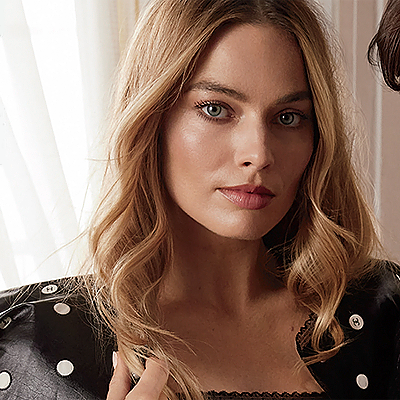
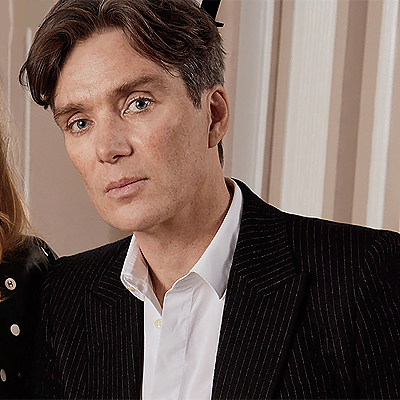

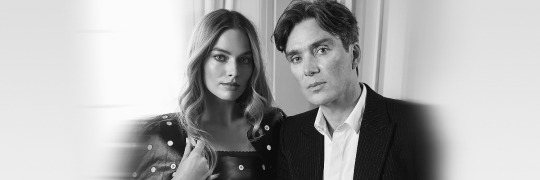






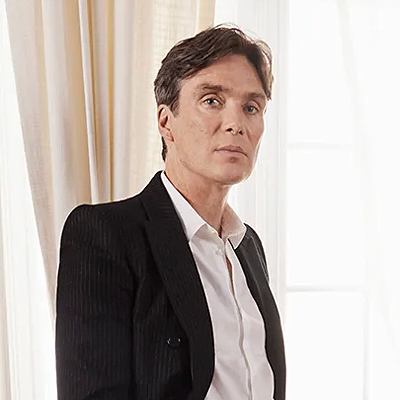
cillian murphy & margot robbie twitter pack
without psd
© to @siriusunrise on twitter (click!)
or like/reblog this post if you use/save
#cillian murphy#margot robbie#barbenheimer#oppenheimer#barbie#cillianmurphyedit#margotrobbieedit#oppenbarbie#robert j oppenheimer#barbie 2023#icons cillian murphy#icons margot robbie#cillian murphy icons#margot robbie icons#twitter headers#headers#margot robbie headers#cillian murphy headers#icons#without psd#packs#twitter packs#icons without psd#icons without filter#headers without psd#actors icons#actress icons
99 notes
·
View notes
Text
I’m sorry but how the fuck did cillian not win a bafta for playing one of the most iconic tv characters ever that won’t be forgotten about. Oscar for Robert Oppenheimer it is then.
43 notes
·
View notes
Photo
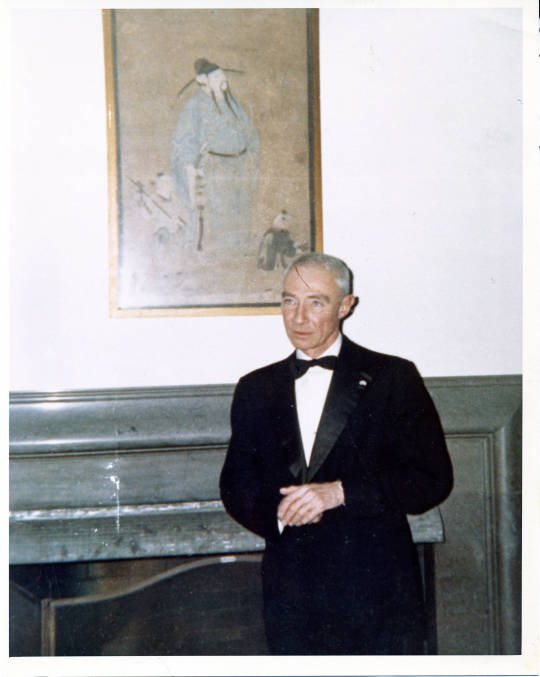
No man should escape our universities without knowing how little he knows.
- J. Robert Oppenheimer
#j robert oppenheimer#oppenheimer#quote#education#university#physicist#scientist#american#icon#science#nuclear#father of the atom bomb#wisdom
160 notes
·
View notes